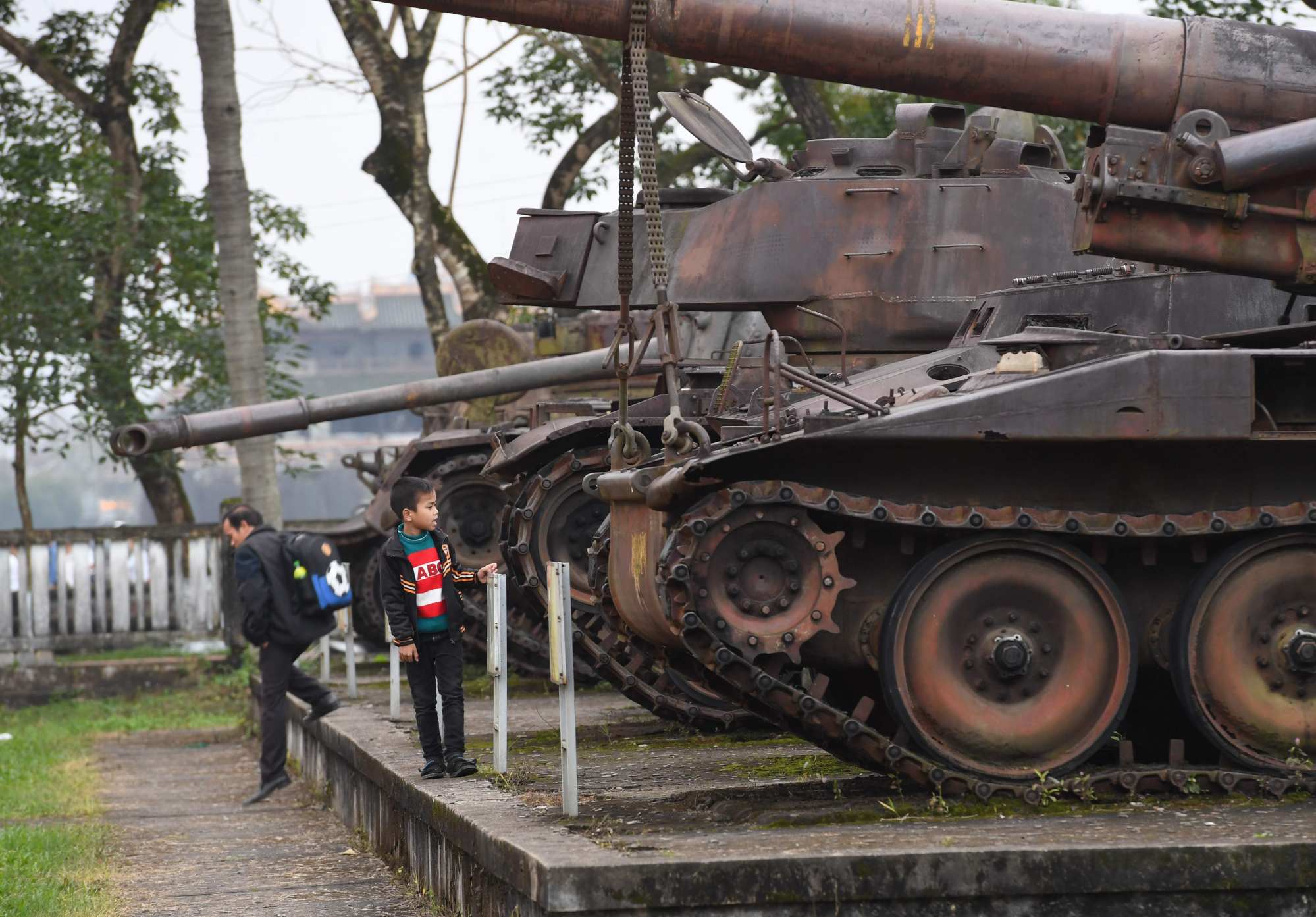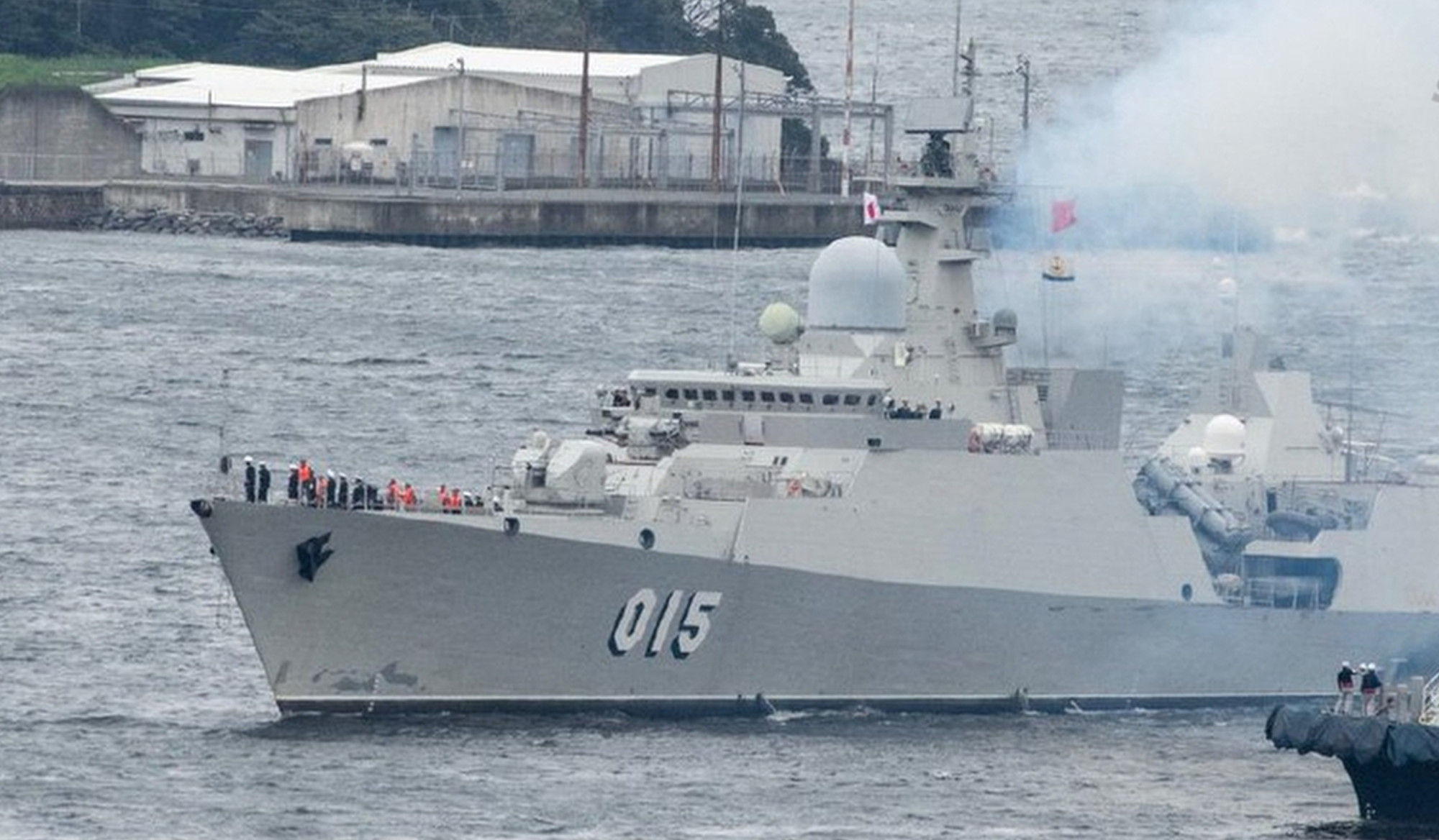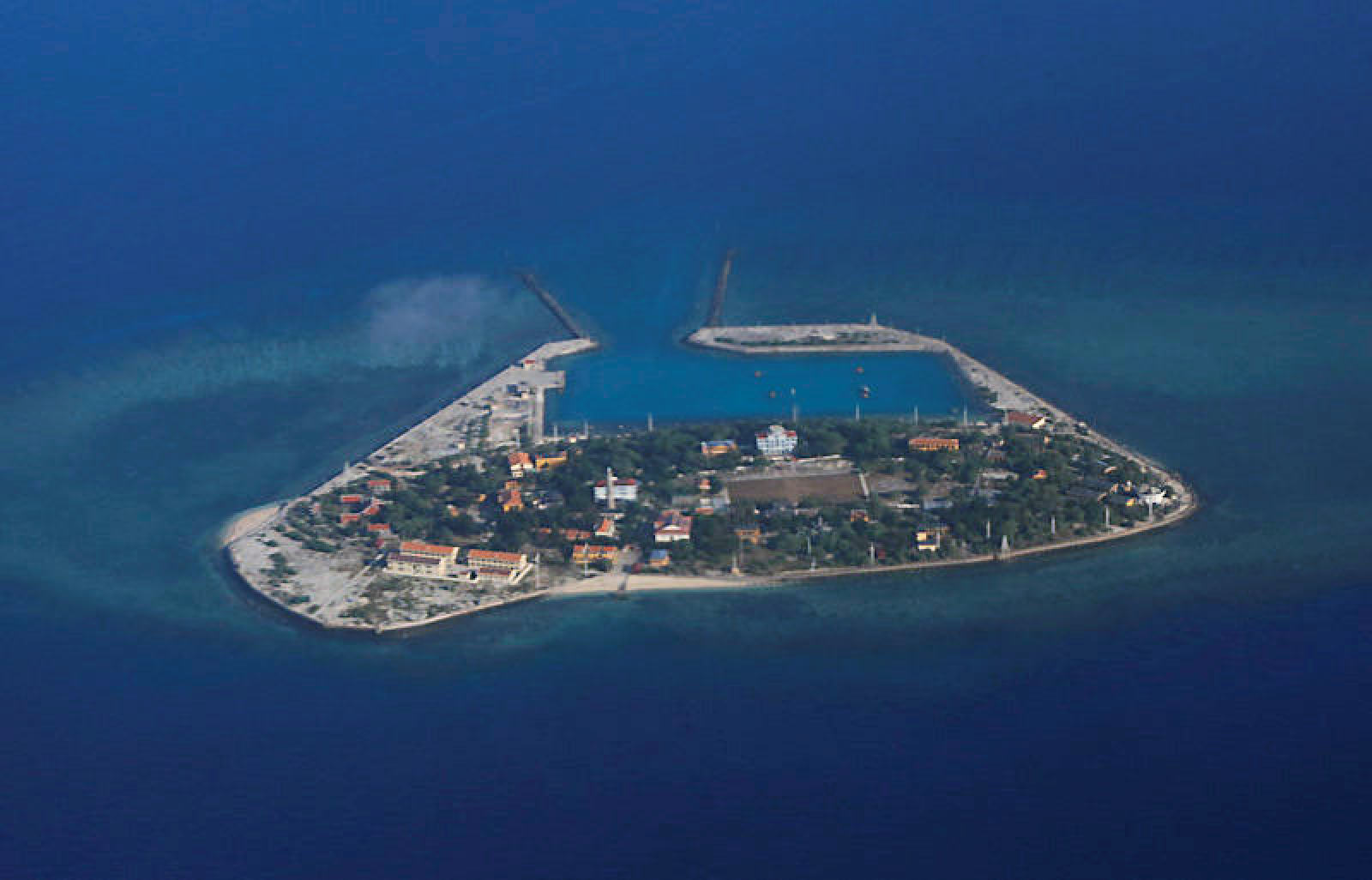
Vietnam ‘needs to change’ its reliance on Russian arms. Will the US step in to help upgrade its military?
- US Secretary of State Antony Blinken’s visit could signal a strategic shift in relations, experts say, as Hanoi scouts around for new defence partners
- Vietnam’s dependence on outdated Russian weaponry is eroding its ability to defend itself. But the top brass don’t like dealing with ‘the capitalists’
Now in his thirties, Khoa – who didn’t want This Week in Asia to use his real name because of the sensitivity of the subject – joined a standing army of some half a million soldiers when he was conscripted, but painted a picture of a rather poorly trained and underfunded force.
It’s a relationship that dates back decades, to the time of the Vietnam war, and Khoa believes he now knows why those ties have proved so enduring.

“The commission rate Vietnamese generals ask for is around 10 per cent of contract values,” he said, referring to the cut that the military’s top brass expect to take whenever a new arms deal is signed. “No Western companies accept this practice.”
Western-led sanctions, meanwhile, have added jeopardy to any defence deals done with Russia.
“The Vietnamese military realised that we can no longer access the huge industrial capability of Russia any more,” said Nguyen The Phuong, an international-relations lecturer at Ho Chi Minh City University of Economics and Finance. “We have reused a lot of Soviet-origin weapons for such a long time … It needs to change, we need to find new ways to modernise.”
What’s behind Vietnam’s ‘blazing furnace’ corruption purge?
Corruption also remains a perennial problem inside Vietnam’s armed forces. In April last year, five generals and two senior officers from the coastguard – which until only a decade ago was still classed as a branch of the military – were arrested on embezzlement charges, according to state media.
“Military officials even sell the oil from army trucks,” Khoa said.
US Secretary of State Antony Blinken travelled to the country on Friday for his first visit since taking office in January 2021. A State Department statement said he planned to “discuss our shared vision of a connected, prosperous, peaceful and resilient Indo-Pacific region” and take part in a groundbreaking ceremony for a new embassy. It made no mention of any defence deals.
‘Ancient equipment’
Yet at the same time, the flow of Russian arms to Vietnam has dwindled. Many of the 687 tanks, 316 fighter jets, 52 warships, and more than 1,350 missile launching systems that the Soviet Union provided to Hanoi during the two-decade-long Vietnam war remain a part of the Southeast Asian nation’s arsenal.

Attempts at military modernisation since the late 1990s have seen Hanoi import a further 36 multirole aircraft, six submarines, a brace of coastal defence missile systems and four frigates from Russia.
Now Vietnam is stuck with “ancient equipment”, according to Carl Thayer, a political scientist and professor at the Australian Defence Force Academy, including a fleet of fighter jets that are still operating 10 to 20 years past their intended service life.
Patching up old planes to keep them airborne is certainly cheaper than buying new ones, but it also “increases the risk of accidents”, said Phuong, the international-relations expert.
“With the current inventories of aircraft, especially the oldest Su-22, it could heavily affect the combat readiness of the air force,” he said.
Vietnam seeks to curb reliance on Russian arms amid Ukraine war
In January, a pilot was killed while trying to land a Russian-made Su-22 fighter jet during a training exercise in Vietnam’s northern Yen Bai province, adding to a string of accidents involving the aged aircraft since the 2010s.
To meet its modernisation needs, Vietnam has been attempting to grow a domestic defence industry. State-owned telecoms company Viettel, which is operated by the Defence Ministry, is working to produce radar and drones. Meanwhile, Hanoi is also looking for new partners.
“There are rumours that [the US] wants to sell Vietnam helicopters – both civilian and military versions,” said Phuong, who also listed Israel, India, Japan, South Korea and former member countries of the Soviet bloc as potential defence partners.
[Vietnam’s] defence sector as a whole is quite conservative … They don’t like close relationships with the capitalists
But the time and money it will take to switch from Russian systems, as well as the conservative instincts of Vietnam’s military establishment with regards to the West, could prove to be hurdles on the country’s modernisation path, experts say.
“The defence sector as a whole is quite conservative,” Phuong said. “They don’t like close relationships with the capitalists.”
The China factor
For years now, China has been upgrading its armed forces and expanding further into the hotly contested South China Sea. The People’s Liberation Army already dwarfs any other military that Southeast Asia has to offer, and the gap is only widening.
China’s might is “overwhelming”, said Gregory Poling, director of the Southeast Asia Programme at the Centre for Strategic and International Studies in Washington, who thinks any talk of a competition for martial superiority in the region misses the point.
“I have a real problem with the ‘arms race’ narrative, because it implies an actual race,” he said. “If there’s a race, it’s like when I race my five-year-old.”

The best that Vietnam or its neighbours can do is invest enough in defence to make it clear that China would incur significant losses if tensions turned into conflict, he said.
“The threat of that bloody nose presumably incentivises China to try other things below military force,” Poling said. “That’s not a perfect strategy, but it seems the only strategy available.”
“No country can replace Russia” as an arms supplier, said Thayer, the political scientist, but the threat of sanctions for dealing with Moscow amid the war in Ukraine poses a major deterrent to any future weapons deals.
“Vietnam and other countries are concerned that they would face sanctions from the West for any significant transactions with the Russian defence industrial sector,” said Phan Xuan Dung, a research officer at the Vietnam Study Programme at the Singapore-based ISEAS-Yusof Ishak Institute.
Invite first, arms next?
Southeast Asia expert Murray Hiebert, who visited Vietnam in February and spoke with senior government officials, told Reuters this could include increased military cooperation and US weapons supplies.
He noted, however, there were limits given Vietnam’s policy of not allowing foreign bases, foreign troops or alliances against other countries. Hanoi has also been put off by the relatively high price of US arms and concerns that supplies could be blocked by US lawmakers on human rights grounds.
I don’t believe the Vietnamese army can fight the enemy in real combat
While direct weapons deals with the US are unlikely in the near term, any official upgrade of relations will ease the way for such a trade with Western allies, including the buying of second-hand American weapons from South Korea.
“I think the decision has been made about the upgrade,” Phuong said. “This relationship means that Vietnam will be more free to engage with US allies in terms of security and the military.”
Upgraded ties are not a foregone conclusion, however. Mere hours before Blinken arrived in Hanoi, a State Department statement called on Vietnam to “improve its human rights record” and urged the release of activists “who remain in detention for peacefully promoting human rights”.
So there will be stumbling blocks ahead, but the clock is ticking.
Beijing continues to change the facts on the ground in the disputed South China Sea, building more than 1,300 hectares (3,200 acres) of man-made islands as of 2016, according to a Pentagon analysis.
“If this continues for another 10 years, they won’t have anything left,” Poling said.
Just how close will Vietnam get to the US to keep China in check?
If conscript Khoa’s account is anything to go by, Vietnam’s armed forces are not currently well positioned for a potential conflict.
During the military exams, he said, army officers even completed conscripts’ tasks for them, such as throwing grenades and firing guns, to cover up for the ineptitude of the rank and file, and ensure their own status was preserved.
“I don’t believe the Vietnamese army can fight the enemy in real combat,” he said.
*Name changed to protect interviewee’s identity.

